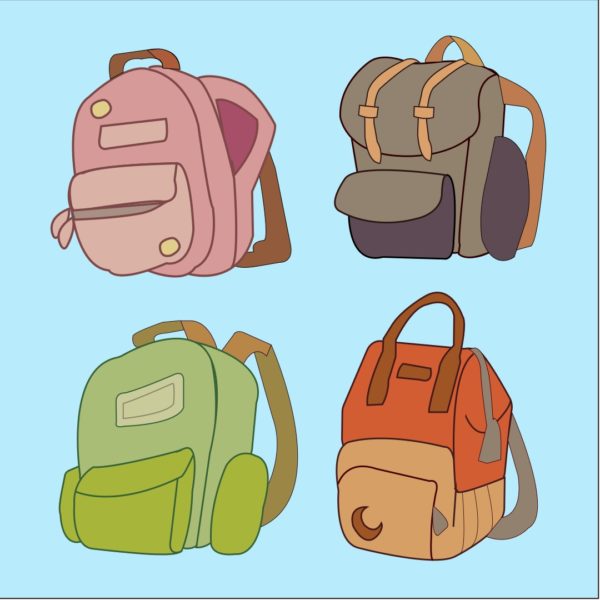
Following the senseless shooting on University of North Carolina at Chapel Hill’s campus last week and the consistent government inaction regarding gun violence, students and parents alike must ask how they can protect themselves and loved ones. In the wake of violence, companies have taken the opportunity to create bulletproof backpacks. Is this a viable option for students, or just a cash grab exploiting the consistent threat American schools are under?
Bulletproof Zone created a line of bulletproof backpacks — prices begin at about $200. Bigger names such as Jansport and Monos now carry bulletproof backpacks. Atomic Defense even sells a pink unicorn with a flower crown bulletproof backpack that caters to some of America’s youngest students who are not safe at school. Several brands now sell bulletproof inserts to add to bags. Consumers are responding to this innovation, and sales spiked 300% in 2019. Many parents feel this is the only way they can help protect their child, but in reality, a bulletproof backpack will do little, if any, good.
There are five ranks of ballistic protection: IIA, II, IIIA, III and IV. Bulletproof backpacks are not bulletproof, but actually considered bullet resistant. Most bulletproof backpack brands are IIIA-level ballistic protected which would not have been strong enough to provide viable defense in any of the major shootings in the past five years including El Paso, Texas and Dayton, Ohio. Bulletproof backpacks are only viable against a number of handguns or a possible knife slashing. A closed door or additional security are far greater defenses than a bulletproof backpack. If these backpacks are not providing any real defense, then why are they still being manufactured?
Ultimately, these backpacks are a placebo to make parents and students feel safer in their schools. But, it is not the job of students to ensure their safety in schools. Both the government and schools themselves are responsible for the safety of their students.
Based on this country’s history of inaction in response to gun violence, many schools have taken on the additional burden that should be handled by local and national governments. In New Orleans, the Louisiana Center for Safe Schools provides a virtual library of resources to help Louisiana schools create safety protocols and plans of action in the event of an active shooter.
Currently, Tulane University’s active shooter plan is coined “Run, Hide, Fight.” A description of this plan is included in all class syllabi, and a video demonstration is included on Tulane’s website. Tulane also sends out text messages and emails in the case of an emergency to keep all students and faculty informed.
While schools, students, professors and parents are actively working to ensure safety, students will never truly be safe in their classrooms until there is tangible movement in the fight for gun control. Schools should be a place where students feel safe to learn and grow, but unfortunately the American classroom does not provide safety, and a bulletproof backpack does nothing to ensure safety for students.


